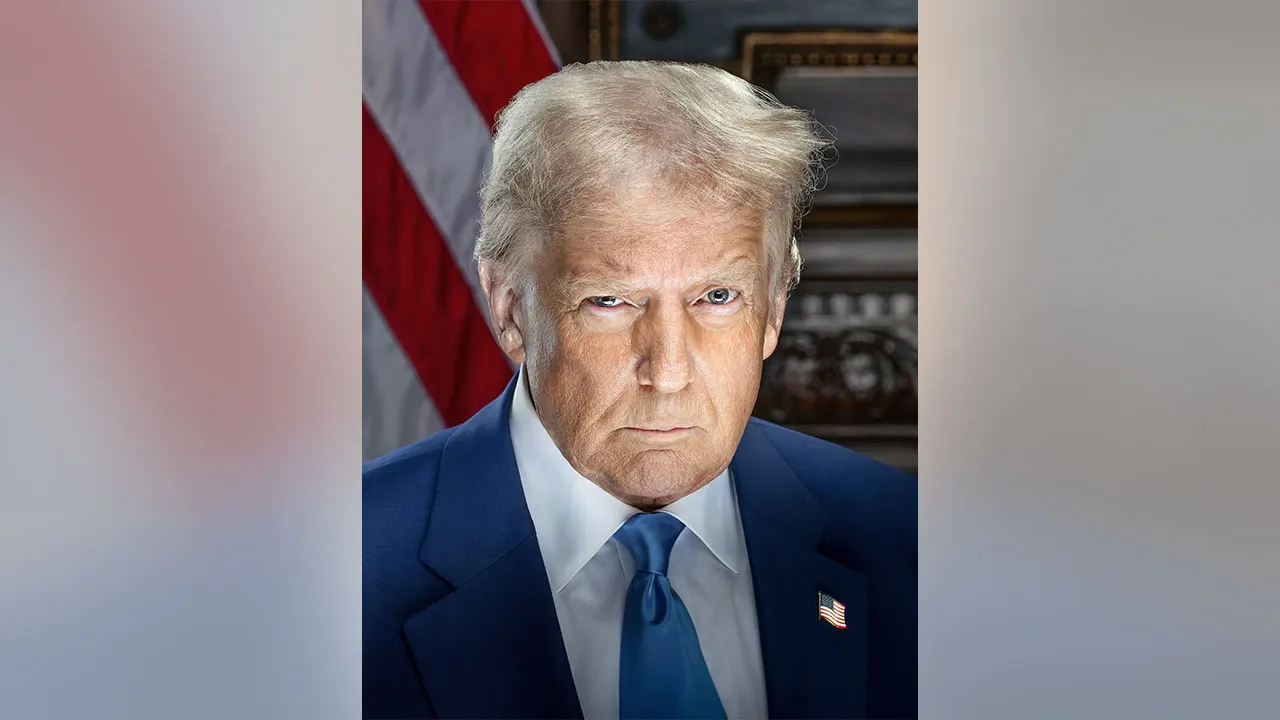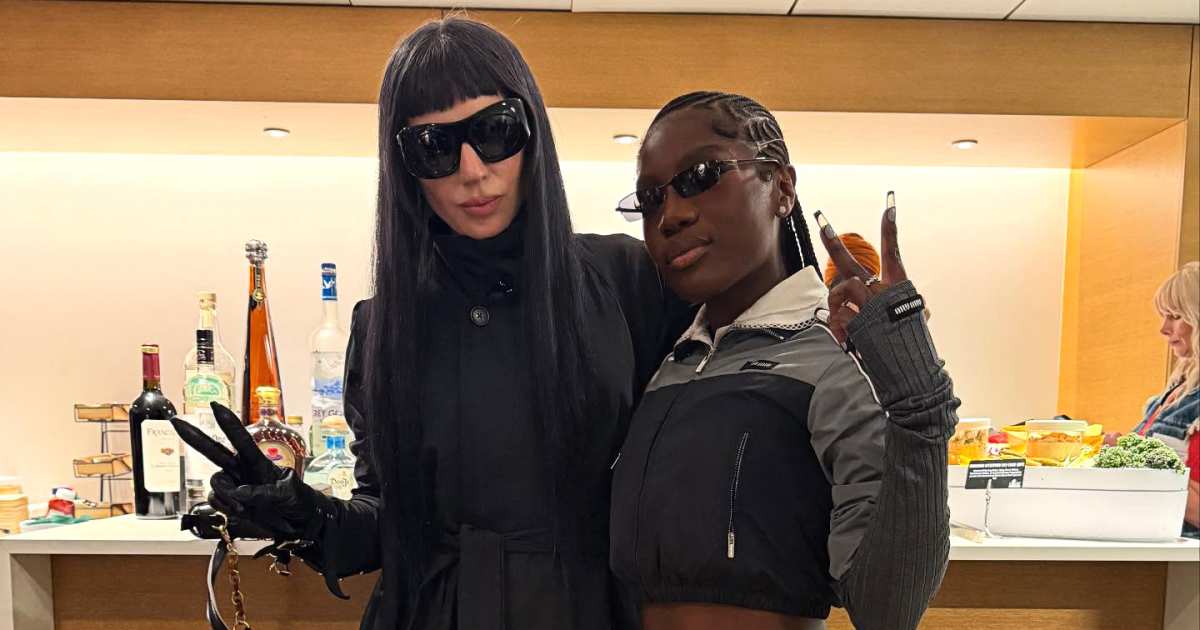Lifestyle
History of Valentine’s Day and its rise as a billion-dollar consumer industry

Valentine’s Day: A Celebration of Love and Consumer Spending
Every year on Valentine’s Day, people around the world go to great lengths to shower their loved ones with affection, from classic gestures like flowers and chocolates to more extravagant gifts like diamonds and expensive jewelry. While the holiday is undeniably a celebration of love, it has also become a major driver of consumer spending. According to an annual survey conducted by the National Retail Federation (NRF) and Prosper Insights & Analytics, consumers are projected to spend a record $27.5 billion on Valentine’s Day this year. This figure surpasses last year’s $25.8 billion and even the previous record of $27.4 billion set in 2020.
The survey reveals that 56% of consumers plan to celebrate Valentine’s Day in 2024, up from 53% in 2023. Katherine Cullen, NRF Vice President of Industry and Consumer Insights, notes that people are eager to find special ways to treat their loved ones, and retailers are gearing up to offer the best gift options and deals. While some may view Valentine’s Day as overly commercialized, for many, it remains a meaningful opportunity to express love and appreciation.
The Materialism Debate: Is Valentine’s Day Too Focused on Spending?
The question of whether Valentine’s Day has become too materialistic is a matter of personal perspective. For some, the holiday is a time to show love through thoughtful gestures, whether that means cooking a homemade meal, writing a heartfelt letter, or simply spending quality time together. For others, the tradition of exchanging gifts is a meaningful way to express affection and celebrate the relationship. The key, as many argue, is striking a balance between material expressions and the emotional essence of the day.
Critics, however, point out that the commercialization of Valentine’s Day can overshadow its original intent. According to Forbes, the economic focus of the holiday may weaken other forms of social interaction by placing too much emphasis on buying and giving gifts. While Valentine’s Day is often seen as a romantic and heartfelt celebration, its impact on consumers’ wallets is undeniable. In a way, the holiday has become as much about spending money as it is about love.
The Origins of Valentine’s Day: A Blend of Legend and History
The origins of Valentine’s Day are shrouded in mystery, combining elements of Christian and pagan traditions. The Roman Catholic Church recognizes multiple martyrs named Valentine, whose exact identities and stories are often unclear. One of the most popular legends involves a Christian priest named St. Valentine, who defied Emperor Claudius II’s ban on marriage for young men. According to History.com, St. Valentine performed secret marriages for couples in love, believing that marriage strengthened the empire rather than weakened it. When Emperor Claudius II discovered this, he had Valentine beheaded on February 14, 270 AD.
Another legend suggests that before his execution, Valentine sent a letter to a young girl, signing it “from your Valentine,” which inspired the tradition of exchanging love notes. Over time, these stories have portrayed St. Valentine as a heroic and romantic figure, symbolizing love and sacrifice. While the historical details are unclear, the legends have cemented Valentine’s Day as a celebration of love and devotion.
Why We Celebrate Valentine’s Day: A Day of Love and Affection
The association of Valentine’s Day with romantic love dates back to the Middle Ages, when the concept of courtly love flourished. Over time, the holiday evolved into a widespread celebration of love and affection, marked by the exchange of cards, flowers, and tokens of affection. Today, it is a global phenomenon, with people of all ages and backgrounds expressing their love and appreciation for one another.
The modern version of Valentine’s Day gained popularity in Great Britain during the 17th century, where the tradition of writing love letters became a central part of the celebration. With the advent of printing technology in the 20th century, the holiday spread rapidly across the English-speaking world. In the United States, Valentine’s Day underwent a transformation in the mid-19th century, becoming a major commercial holiday. According to the Library of Congress, the holiday was “rejuvenated” in the U.S., where it was initially “often forgotten” but eventually became a “not-to-be-missed” event.
The Commercialization of Valentine’s Day: How It Became Big Business
While Valentine’s Day has its roots in tradition, its modern incarnation is deeply intertwined with consumerism. Merchants in the U.S. played a crucial role in transforming the holiday into a commercial success. Jewelers, florists,
-

 Money3 days ago
Money3 days agoConsumer Financial Protection Bureau Adds Error Message To Home Page
-

 Australia15 hours ago
Australia15 hours agoTropical Cyclone Zelia intensifies to category 2 storm
-

 Asia16 hours ago
Asia16 hours agoWhat you need to know about 2024 YR4, the asteroid that could hit Earth in about eight years’ time
-

 Entertainment8 hours ago
Entertainment8 hours agoPrince Harry and Meghan Markle’s Best Moments and Photos From the 2025 Invictus Games
-

 Money2 days ago
Money2 days agoWinning Content Strategies For Wealth Managers
-

 Politics16 hours ago
Politics16 hours agoDozens of religious groups sue to stop Trump admin from arresting migrants in places of worship
-

 United States2 days ago
United States2 days agoJudge extends restraining order to ban Trump admin buyout offer to federal workers
-

 Entertainment2 days ago
Entertainment2 days agoEvery Celebrity Who Attended the 2025 Super Bowl: A Guide to the A-Listers at the Big Game











